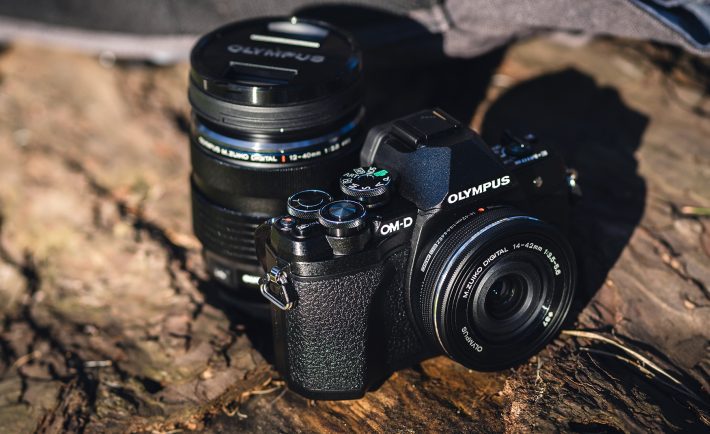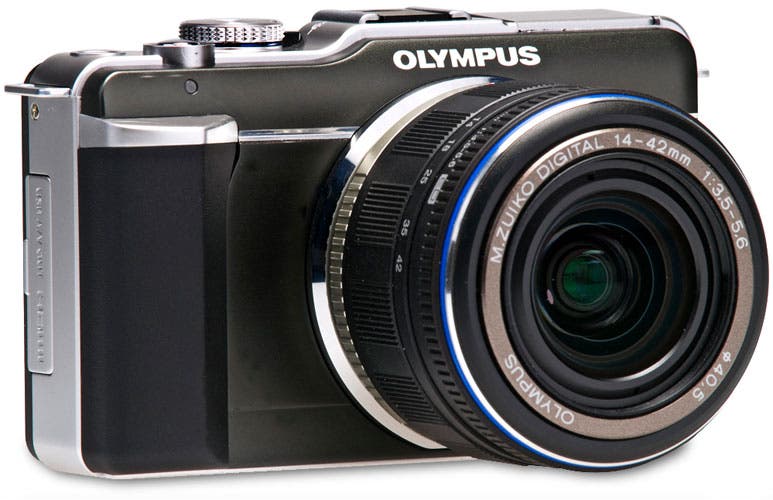
Micro four third cameras, also known as MFT have been readily available on the market for the past decade or so, and they have been extremely popular not just with beginner photographers, but with professionals too. In comparison to most DSLR cameras, these have a much smaller body, but are still able to take some incredible photographs. Some of the features include high ISO sensitivity, high dynamic range, and top of the range sensors.
A lot of photographers are surprised at the high quality photographs micro four third cameras can take, especially because they are cheaper than most other cameras yet they can produce incredible photographs. However, there are still a lot of folks out there who don’t know a lot of information about four third lenses, nor how to take great photographs with them.
What kind of a System is Micro Four Thirds?
The system was released into the market in 2008 by Olympus and Panasonic. The micro four thirds system was developed in the digital age, unlike DSLR cameras, which evolved from cameras that used film known as SLR cameras. The lenses are designed to fit on any camera body, which has been a big game changer in the photography industry. However, the system does not have a mirror box. No longer can a photographer look through a mirror box that allows them to see what they are taking a picture of through the viewfinder. Once the mirror box has been taken out, it is now a mirrorless camera.
Instead, photographers can take advantage of the EVF, which is an electronic viewfinder. You can replace the old viewfinder with this, and if you don’t you will have no other choice than to look at the screen in the back of the camera to see what you are taking a photograph of.
What are the Benefits of Using a Micro Four Third Camera?

Here are some of the many reasons why so many people are investing in micro four third cameras and lenses:
- The LCD screen is straightforward: The micro four third interface is very easy to get used to. This makes it easy for people of all ages to master.
- They are not heavy: Nowadays, many of us carry lots of items with us. Having a bulky camera can cause a lot of headaches, especially if you want to take photographs while on an adventure. These small devices can help free up a lot of space and take great photographs at the same time.
- They allow you to go incognito: If you don’t want to disturb animals while you are taking their photograph in the wild, a four third camera is ideal.
- Save money: A lot of the four third cameras cost a lot less than other cameras out there.
These cameras are ideal for those who are new to photography and even seasoned photographers.
Using Different Lenses on Different Cameras

One of the best things about the system is that it allows you to adapt different brand lenses to different models. You can even use vintage camera lenses which can be a lot of fun. However, if it’s your first attempt at using a different lens in a different model, you might come across a few challenges.
If you are looking for an affordable way to adapt a new lens onto your camera, you can do what is known as passive adapting. You need to purchase a metal ring and change it with the mount type from the lens you are planning on using to your micro four thirds. However, many people feel that this way of adapting a new lens makes their photographs less sharp, so it is not the most popular option.
The most popular method of adapting lenses is with a focal reducer. Although this method can burn a hole in your wallet, it is probably the best way of adapting a new lens. A focal reducer is slightly different as it has a metal ring, but instead of having a piece of plastic, it has a glass element instead. This allows the photographer to take a photograph that helps minimize the crop factor. It also allows you to manage your full frame lens much easier. The piece of glass in the focal reducer squeezes the photograph from the lens, it tends to be a lot smaller, which helps increase the image’s sharpness. A focal reducer helps increase the aperture of the lens too. Most of the cheaper focal reducers on the market use manual focus. Before you take your shots, you might have to spend a while setting up your camera. If you have spent a lot on your camera, and your lens, it might be worthwhile going the extra mile by spending a little extra on a top quality focal reducer. If not, your photographs won’t look like what you wanted them to look like.
Where can I buy Micro Four Third Lenses from?

It’s not surprising that these lenses are very popular in today’s market, and it seems like all of the major camera manufacturers are developing their own micro four third lenses. You can find them for sale in most traditional camera stores, online camera stores, and marketplaces on the internet.
Although prices online seem to be more competitive than the prices in traditional stores, you won’t get a chance to try the product before you use it. By going to a traditional camera store, you’ll be able to physically examine the product, and try it out before you buy it. Most photographers prefer to give the device a go before investing in it, but if this isn’t an option, it might be worth researching the different lenses online. There is plenty of content published on the web about the different micro four third lenses available. Consider checking out what people have to say about the different models, especially if you are thinking about adapting a new lens on a different model. It might be a good idea to see what issues people have had, whether they used the passive adapting method or a focal reducer. You can check out the different products photographers are using mft ones from this list.
Conclusion
If you are trying to decide on whether to purchase a micro four camera or a DSLR, you have to ask yourself what you are going to use it for? Most people who want to purchase a micro four third camera do so because they like the fact that it is portable. However, don’t assume that the camera won’t produce top quality photographs just because it is a lot smaller than most of the DSLR cameras out there, and, just because they are cheaper doesn’t necessarily mean they are not any good. However, you must keep in mind that you won’t be able to use the optical viewfinder. Although electronic viewfinders have been improving in recent years, some still prefer to use old-school optical viewfinders. These cameras tend to have a smaller sized sensor, which fails to support low light situations. If you plan on taking photographs at night time, you’re probably best to avoid micro four third lenses. Although the technology in these lenses has been improving over the past 10 years, many feel that they are still a fair bit behind the DSLR lens lineup.



